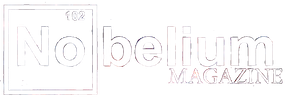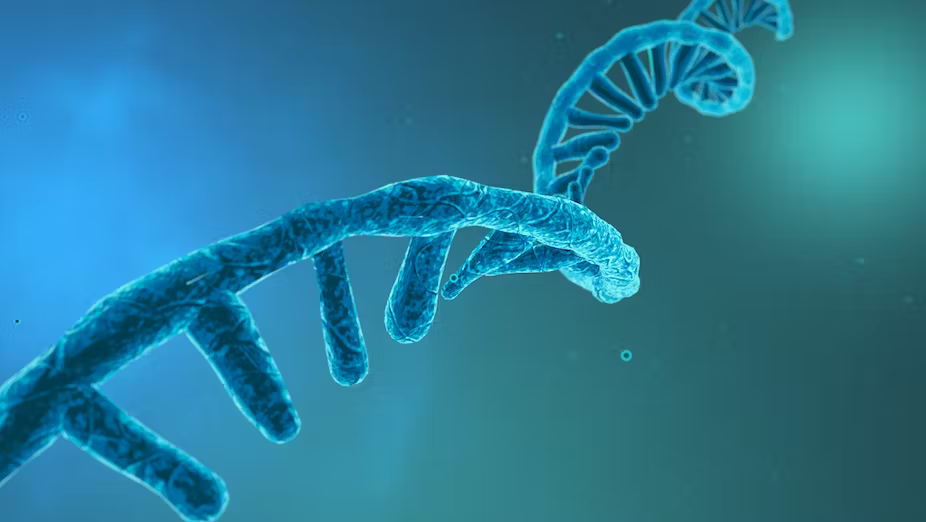Epigenetics is the term used to describe a vast array of external processes which regulate gene expression in a cell. The field focuses primarily on variables, such as enzyme access and affinity to a gene, as well as demand for the encoded protein, which alter the rate at which transcription occurs. Epigenetic factors are vital to cell specialization and efficiency, ensuring that only a certain subset of proteins are produced based on each cell’s unique function and intracellular and extracellular conditions. When epigenetic processes deviate from their expected function, the rate of transcription begins to fluctuate, causing protein concentrations to deplete or escalate beyond expected, healthy values.
DNA methylation is an epigenetic process by which transcription is prevented through the addition of a methyl group to the promoter region of a coding gene. DNA is most often methylated in order to silence a gene for an extended period of time because the encoded protein does not aid the cell in its specialized function. For example, in order to prevent wasteful allocation of resources and energy, a gene that codes for a protein vital to digestion may be methylated, or blocked, in the lungs.
DNA methylation typically occurs on the promoter region of a coding gene where RNA Polymerase II would bind,subsequently inhibiting transcription. For methylation to occur, a methyl group must first be removed from S-Adenosylmethionine (SAM) by an enzyme called methyltransferase and attached to a cytosine in the promoter region of a gene (Methyltransferase). Once methylated, the cytosine base becomes methylcytosine and the DNA strand gains a greater affinity for nearby histones, causing it to coil more closely around the protein (Breiling, et al., 2015). The histone and methyl groups then act as physical blockades to RNA Polymerase II, minimizing its affinity and preventing transcription. DNA can also be demethylated through a similar process by which demethylase removes a methyl group from methylcytosine, leaving DNA more accessible for RNA Polymerase II to transcribe.
Given that both methyltransferase and demethylase are enzymes, they are both coded for by genes which can mutate and produce hyperactive, hypoactive, or non-functional proteins. These irregular enzymes operate at an unpredicted rate, hypermethylating or hypomethylating the promoter regions with which they are associated. These inconsistencies lead to a number of consequences including overproduction of certain enzymes, depletion of proteins, and, notably, a heightened risk of developing cancer.
Cancer is characterized by the rapid and unchecked division of cells in the body that results when mutations in the genome or epigenetic errors arise, particularly at the loci of genes that regulate growth and progression through the cell cycle. These genes can be classified into two categories: anti-oncogenes and proto-oncogenes. Anti-oncogenes, also referred to as tumor suppressor genes, produce proteins that inhibit cell division by identifying and repairing recent mutations in the genome, encouraging apoptosis (cell death), and temporarily silencing proto-oncogenes (Tumor Suppressor Gene, 2023). In contrast, proto-oncogenes code for proteins such as cyclins, kinases, transcription factors, and growth factor hormones, all of which encourage cellular replication and ultimately, cancer (Chial, 2008).
During DNA replication, anti-oncogenes typically remain unmethylated in the nucleus to be transcribed and produce proteins that assess and repair the cell’s genome prior to mitosis. However, the presence of hyperactive methyltransferase can cause the hypermethylation of anti-oncogenes, silencing them and subsequently permitting the continuation of the cell cycle despite defects in the replicated genome. For example, the p53 gene is a tumor suppressor gene that encodes proteins designed to encourage the transcription of genes that code for endonucleases, DNA polymerases, and ligases that are associated with DNA repair (P53 gene). It has been documented that hypermethylation of the p53 gene leads to cell proliferation as a result of unregulated progression through the cell cycle, and silencing of the gene is often associated with the development of liver and breast cancer (Pogribny, 1998). As illustrated by the p53 gene, suppression of anti-oncogenes allows cells to divide rapidly and accumulate dangerous mutations, which may aid in tumor development as duplicate cells avoid key tumor suppression checkpoints.
Proto-oncogenes serve essential functions in encouraging the progression of the cell cycle, but it is rare that all proto-oncogenes in the genome are expressed simultaneously, and typically a subset remain methylated. When methyltransferases are hypoactive or demethylases are hyperactive, the proto-oncogenes, which are intended to be silenced, become hypomethylated, allowing their transcription. As a result, the concentration of proteins that encourage cell cycle continuation increases, and the rate of cell division grows to the point of cell proliferation.
Some proto-oncogenes remain silenced in the genome not by methylation, but due to the formation of DNA loops that prohibit interaction between embedded oncogenes and enhancers located upstream of the coding sequence. Through the process of loop extrusion, DNA loops form naturally in the nucleus when an extrusion complex, or anchor, binds to DNA at two loci and then traverses the strand in opposing directions, creating a loop of DNA clasped by the extrusion complex at anchor points (Sathyajith). In some proto-oncogenes, this shape physically separates the oncogene, whose activation produces proteins that accelerate cell division, from the enhancer region, which must be proximal to the coding sequence to complete the transcription initiation complex and allow for RNA Polymerase II to bind (Epigenetic changes pinpointed as the cause of some GISTs, 2019). Occasionally, this loop becomes methylated such that the extrusion complex is repelled and the loop formation is lost, allowing the DNA to fold freely such that the enhancer is positioned adjacent to the oncogene ((Epigenetic changes pinpointed as the cause of some GISTs, 2019). As this configuration forms, other transcription factors bind to the complex, increasing the affinity of RNA Polymerase II to the promoter region of the oncogene. The oncogene’s transcription and translation produce resulting proteins that drastically increase the rate of the cell cycle, ultimately leading to proliferation and the formation of a cancerous tumor.
Unlike permanent genetic mutations, which are typically referenced when citing the cause of cancer, aberrant DNA methylation and other epigenetic origins of the disease can be reversed or compensated for such that their effects are negated. There are a number of current research projects which are investigating various modes by which both DNA methylation and demethylation can be encouraged such that irregular methylation is nullified and proliferation is halted.
The primary targets for these programs are the inhibition of hyperactive or overproduced DNA methyltransferases (DNMTs) and demethylases. If successful, these therapies would stabilize the ratio of DNMT to demethylase activity such that anti- and proto-oncogenes are silenced and activated appropriately. One proposed therapy for limiting demethylase activity involved the use of antisense inhibitors to prevent translation of the RNA transcript of the MBD2 gene, which encodes a demethylase enzyme (Szyf, 2004). Antisense inhibitors are strands of mRNA which are formed by transcription of the sense strand of a gene that is complementary to the antisense strand which, when transcribed, produces the RNA transcript that is to be blocked (Di Fusco, et al., 2019). When antisense inhibitors come into contact with their complement RNA transcript, the two RNA strands bind at their base pairs to create double stranded RNA. Double stranded RNA can not be translated because tRNA is restricted from access to the codons of the mRNA, and thus is unable to bond and assemble amino acids at the ribosome. This process prevents the production of the demethylases encoded in MBD2, and increases the relative rate of methylation and silencing of affected proliferation inducing genes.
Another approach is attempting to increase the concentration of folate in the cell to increase methylation rates. Folate, also known as vitamin B9, is a cofactor of DNA methylation and is essential to the formation of SAM in the cell (Szyf, 2004). It has been observed that a number of tissues with low folate concentration are also metastatic, and a correlation has been detected between low folate concentration and hypomethylation of proto-oncogenes (Szyf, 2004). Thus, researchers hypothesize that the addition of supplemental folate would increase rates of methylation through heightened methyltransferase activity. Scientists are currently investigating the effects of folate rich diets on tumor growth, and have theorized that high folate concentration may minimize chances of developing certain cancers (Szyf, 2004).
There is extensive ongoing research in the field of DNA methylation and its impacts on the development of cancer. As more is understood about the factors which promote hypo and hypermethylation, it is possible that scientists may be able to predict early predisposition to certain cancers and possibly implement preventive treatments prior to tumorigenesis.






